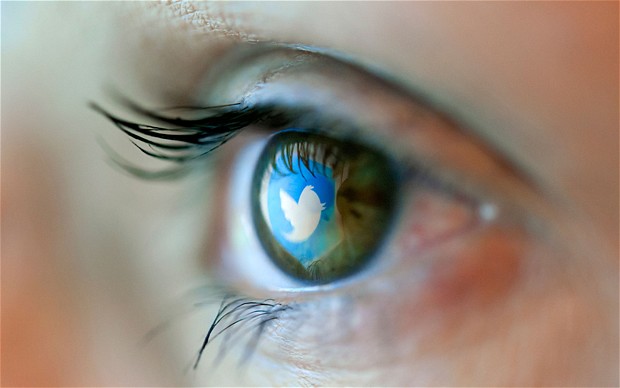Twitter For Business
Twitter is a micro-blogging social network site where users communicate through tweets. Tweets are messages that are limited to 140 characters. A tweet can be made up of text and can include links to websites, pictures and videos.
Many businesses have started to use Twitter to communicate with their customers, promote their products or services and share information and advice. Before committing to an account you should monitor it for a while and decide if it will benefit your business. Are your competitors using it? How do other people in your industry use it? What success are your peers having on Twitter?
Choosing your name and customising your profile
When selecting your Twitter name you should choose your business name if it is available. Once you’ve selected your name, eg @OmaghEnterprise, you should customise your profile. This will involve adding your introductory bio, which briefly explains your business.
A bio has a character limit, so it should be to the point. For example, the omaghenterprise.co.uk Twitter page has the following bio: ‘Supporting Start Up, Growth and Innovative Businesses to providing property or conference facilities.’
Complete your profile by adding your company location and web address. You can also include a photo of your company logo or an individual if it is for a member of staff. Finally you can customise your background – you might want to use something that strengthens your brand or represents what your business does.
Using Twitter
When starting out on Twitter you may want to follow like-minded people or organisations. These could be competitors, industry experts, influencers and customers. You will find that these people will often follow you back. When you follow someone their tweets will appear on your timeline creating your online community.
You can also raise awareness of your Twitter channel by including your Twitter name on your website, business literature and email signature.
Twitter interactions
An interaction is when someone engages with your Twitter channel – interactions include:
- Follower – someone who follows you on Twitter. Your Tweets will appear on their timeline.
- Retweet – when another Twitter user re-posts one of your tweets on their timeline. This does not necessarily mean that they are endorsing your content, but it does suggest that you have posted something that is of interest to them and their followers.
- Mention – when someone else includes your Twitter name in a tweet that they send. Mentions could occur if someone is referring to you or asking you a question.
- Favourite – can act as a reminder to a noteworthy tweet, an endorsement of a tweet or a thank you to another user who has been mentioned. It is a positive interaction and should be measured in this way.
Hashtags
Twitter was the first social network to utilise the hashtag symbol. It is used as a search function. By placing the # symbol at the start of a keyword or phrase you can search for tweets relating to it. For example if you are searching for information on starting a business you could search the hashtag #startup.
When you are logged into your Twitter profile you will see the top trending hashtags in real time. These can often be specific to a breaking news story, a celebrity or popular television programme.
Measuring Twitter?
There are different ways to measure your Twitter activity. This may include using software for analysing Twitter activity. There are free and paid for tools available. To begin with you could measure how many people are following you in addition to how many retweets, mentions and favourites you receive.
As your account grows you will want to monitor how many referrals it brings to your website, does it lead to any sales or increase customer retention. There are Twitter management tools such as TweetDeck to help you monitor your timeline, interactions and hashtags. You can analyse your account activity through other management tools like SocialBro or HootSuite.
Using Twitter
There are no set rules for who should be using Twitter, or indeed how to use Twitter. Some digital marketing experts would refer to Twitter etiquette but it’s about finding out what works for your business. The basic communication elements remain – be polite, be courteous, deliver clear and concise messages, respond to questions people ask you.
Twitter can be used in conjunction with other social networks, for example you may choose to share links to your Instagram account (for sharing pictures) or include a Twitter feed on your LinkedIn profile (for business networking). There is also the potential to share your Tweets through your business Facebook Page.
Twitter, like social media is continually evolving, in order to keep up-to-date with developments you should subscribe to social media newsletters and journals.
Source: nibusinessinfo.co.uk




